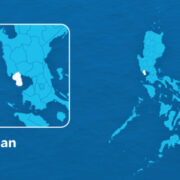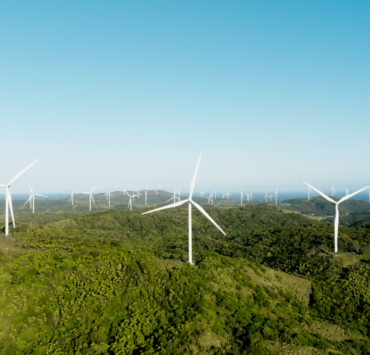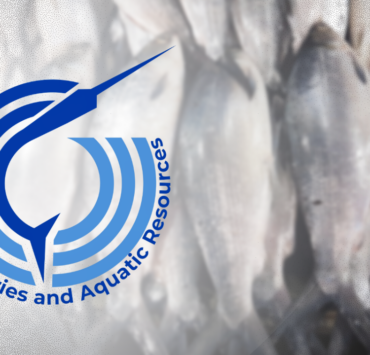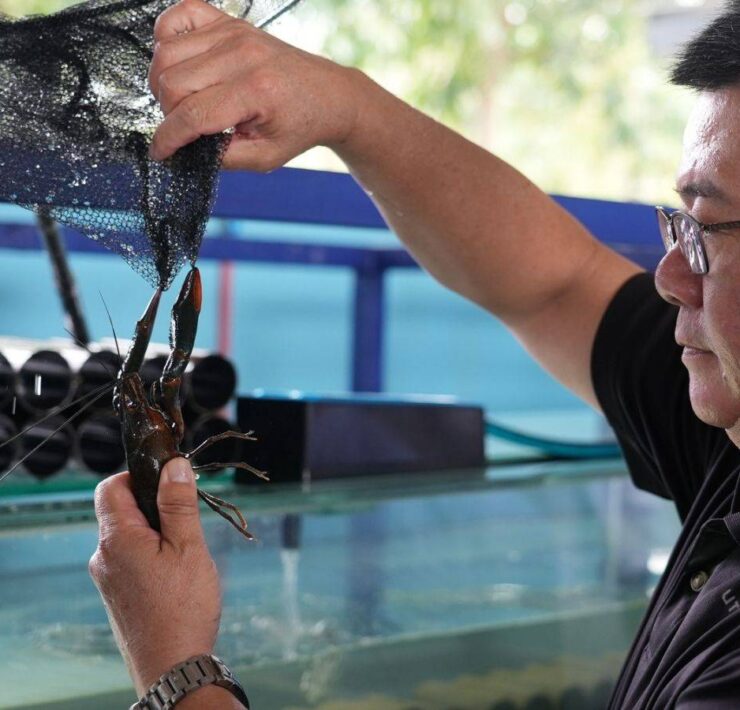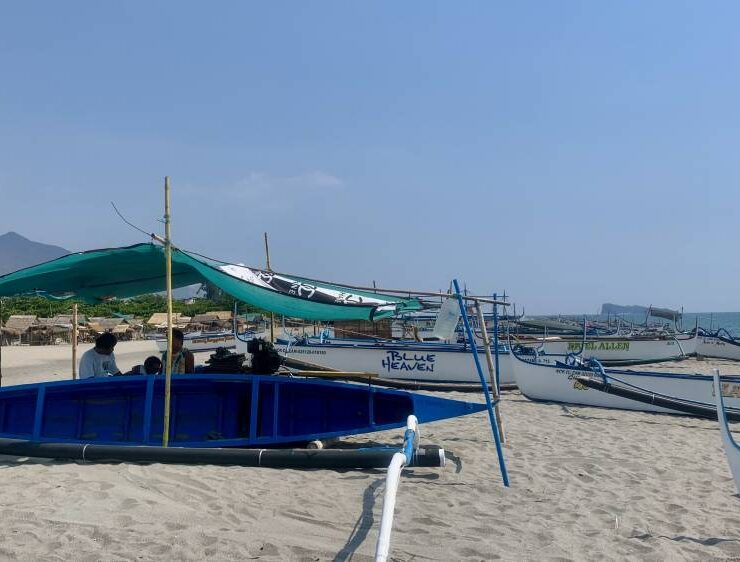Domestic fish haul dropped 12% in December
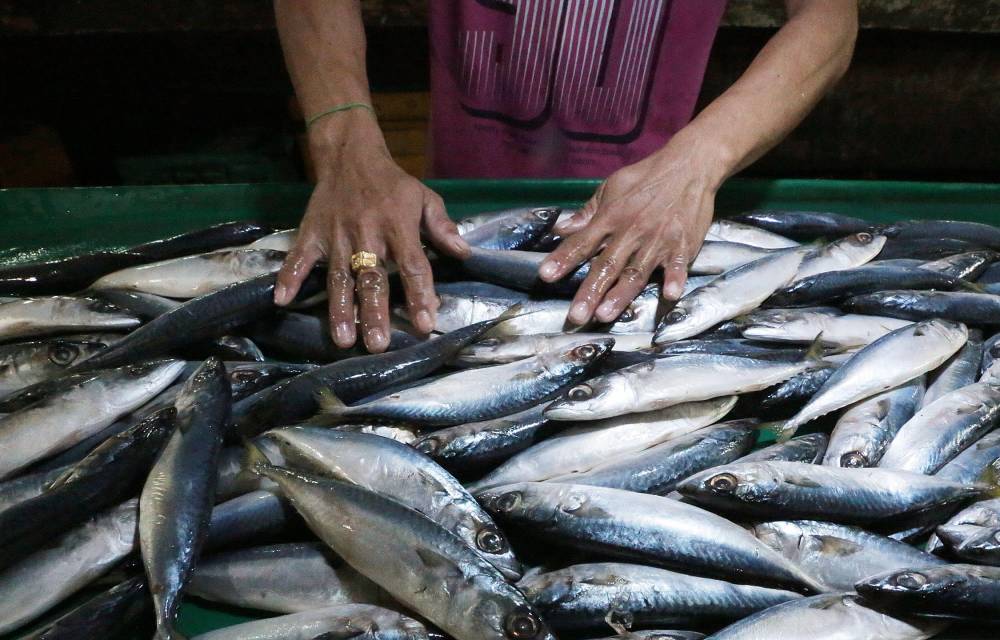
The volume of fish products delivered to regional ports decreased by 11.5 percent amid a temporary fishing ban in key fishing areas, data from the Philippine Fisheries Development Authority (PFDA) show.
For the month of December, the PFDA observed fish unloading volume slide to 42,445.26 metric tons (MT) last year from 47,952.79 MT in the same month of 2023.
The December volume, however, was 14.7 percent higher than the 37,018.50 MT recorded a month earlier in November.
Among the major fishing ports, the General Santos Fish Port Complex recorded the highest unloading volume with 25,559.04 MT. This represented an increase of 2.2 percent year-on-year and was equivalent to 60.2 percent of total haul.
The Navotas Fish Port Complex posted the second-highest fish unloading volume at 11,804.55 MT. This meant a decline of 28.5 percent and accounted for 27.8 percent of total.
The Iloilo Fish Port Complex registered a 13.9 percent increase in shipments, bringing in 1,963.57 MT of fish.
The fish ports of Lucena in Quezon and Bulan in Sorsogon fish ports received 1,405.80 MT and 767.70 MT of fish, respectively.
In Zambales, 653.59 MT of fish was unloaded at the fish port, as were 289.469 MT in Davao. Accounting for the remainder is the Camaligan Fish Port in Camarines Sur with 1.531 MT.
According to the PFDA, smaller volumes were unloaded as the three-month closed fishing season was implemented in major fishing grounds as a conservative measure intended to help replenish fish stocks.
The government introduced this measure to protect target fish species—such as sardines, mackerel and round scad spawn—during their peak spawning period and address other concerns such as overfishing and climate change.
The closed fishing season in the Visayan Sea and Zamboanga Peninsula runs from Nov. 15 to Feb. 15 each year and Nov. 1 to Jan. 31 in northern Palawan.
Amid criticisms over the temporary fishing ban earlier, the Department of Agriculture and the Bureau of Fisheries and Aquatic Resources backed this science-based policy meant to ensure sustainable fish production in the country.
“Importation addresses temporary supply gaps caused by the closed-fishing season or events like typhoons. It complements, not replaces, local fish production to keep prices stable,” Agriculture Secretary Francisco Tiu Laurel Jr. said in December.












